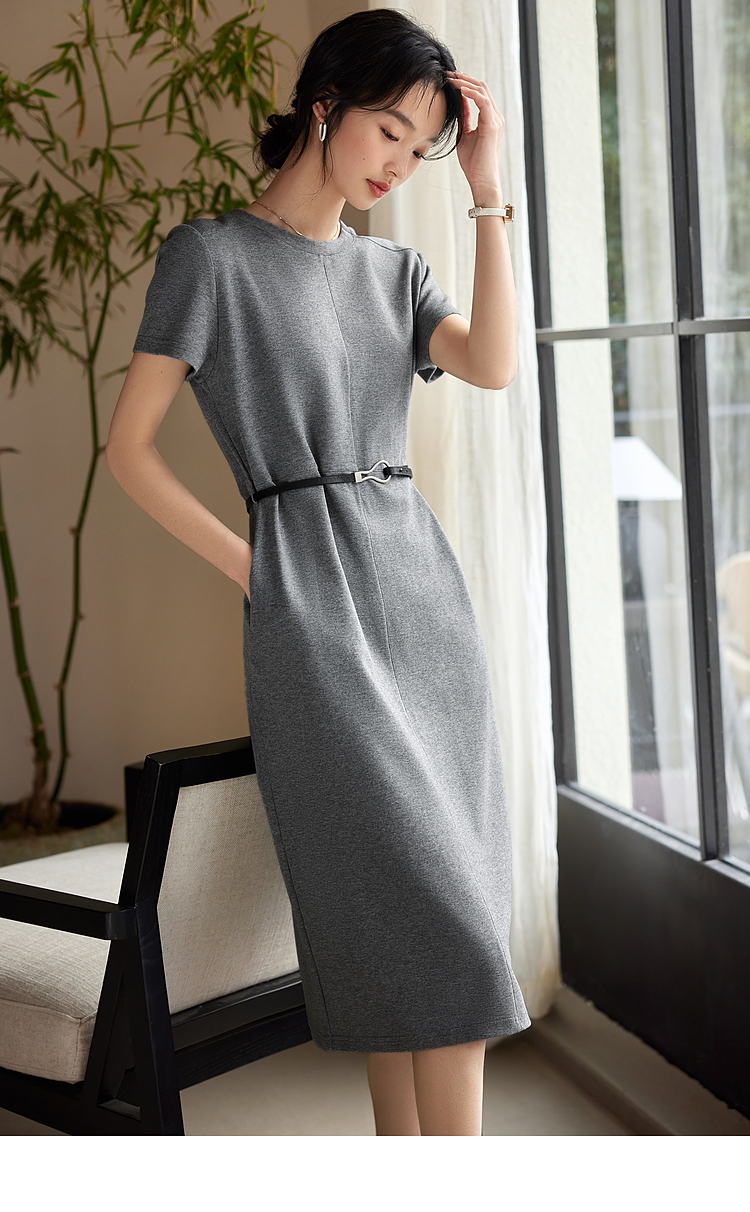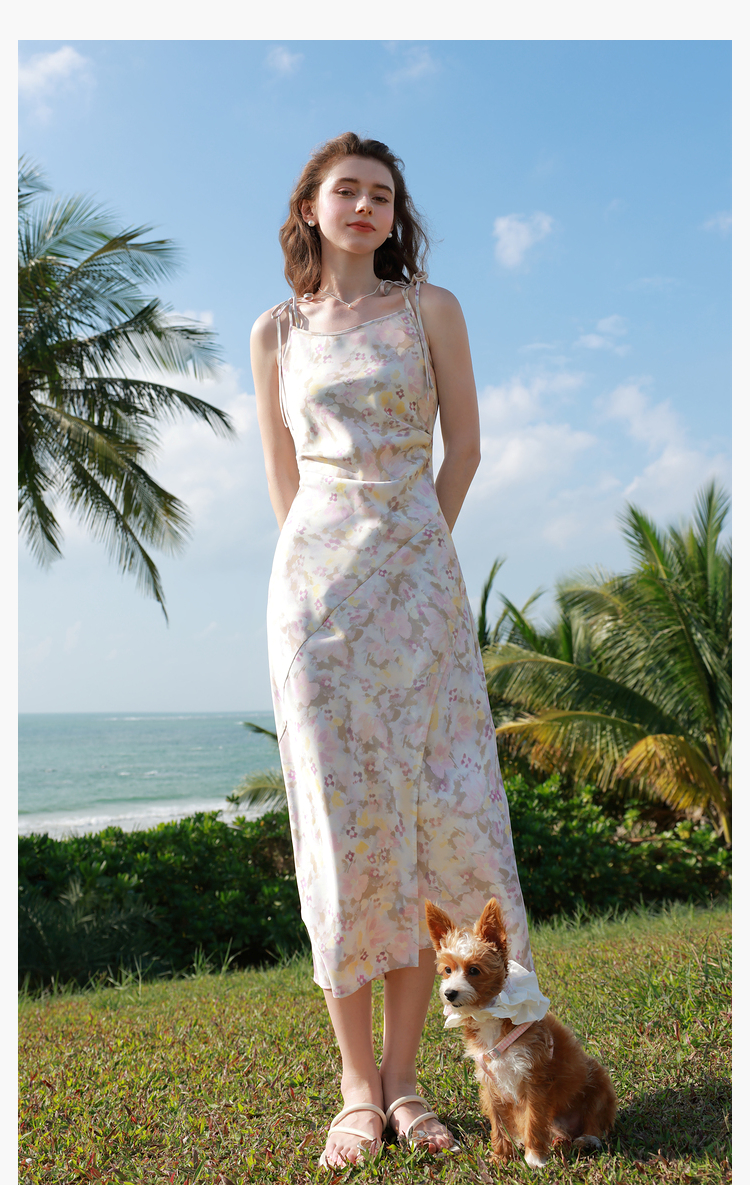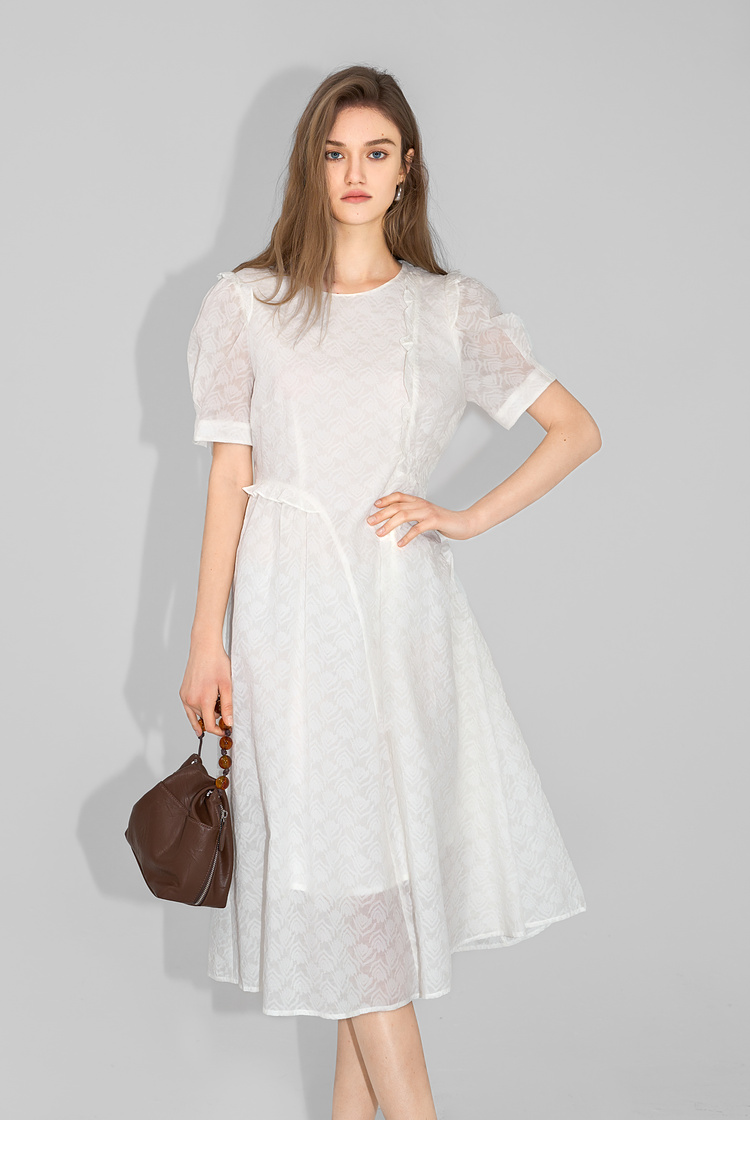A Deep Dive into Hanfu Culture and Modern Adaptations
The Hanfu, a traditional Chinese clothing style, has a rich history that dates back to the Yellow Emperor. It is characterized by its unique design elements such as the cross-collar, waistband, and wide sleeves. This article explores the origins, evolution, and modern adaptations of the Hanfu, providing a comprehensive understanding of its cultural significance.
Historical Overview
The Hanfu was the traditional attire for the Han Chinese for thousands of years. It was worn by all social classes and was an integral part of Chinese culture. The design of the Hanfu was influenced by Confucian principles, emphasizing modesty and harmony with nature.
Design Elements
The Hanfu is known for its distinctive design features. The cross-collar, which is a collar that extends across the front and back of the garment, is one of its most recognizable elements. The waistband and wide sleeves, which allowed for freedom of movement, were also characteristic of the Hanfu.
Evolution and Decline
Over the centuries, the Hanfu evolved in response to changing social and cultural conditions. However, with the rise of the Qing Dynasty, the Manchu rulers imposed their own clothing style, leading to the decline of the Hanfu. It was not until the 21st century that there was a resurgence of interest in traditional Chinese clothing.
Modern Adaptations
In recent years, there has been a revival of hanfu culture among young people in China. The Hanfu has been adapted to suit modern lifestyles while still retaining its traditional elements. This has led to the creation of a vibrant subculture that combines traditional aesthetics with contemporary fashion.
Cultural Significance
The Hanfu is more than just a piece of clothing; it is a symbol of Chinese cultural identity. Its revival reflects a growing interest in traditional culture and a desire to preserve and promote Chinese heritage in the modern world.
Conclusion
The Hanfu, with its rich history and distinctive design, is an integral part of Chinese cultural heritage. Its modern adaptations demonstrate the enduring appeal of traditional Chinese clothing and the potential for cultural revival in the 21st century.







I’m a father of three, and I’m proud to see my children interested in hanfu culture. It’s a great way to teach them about their heritage and the importance of preserving traditions.
I’m a man in his 40s who works in the tech industry, and I find hanfu to be a great way to unwind and connect with my cultural roots. Wearing hanfu during weekends and holidays helps me relax and appreciate the beauty of traditional Chinese culture.
As a cultural anthropologist, I find the revival of hanfu culture to be a fascinating case study. It highlights the dynamic nature of cultural heritage and its ability to adapt and thrive in modern times.
I’m a woman in her 20s who loves to travel, and I always pack a hanfu when visiting China. It’s a great way to connect with the local culture and heritage.
As a teacher, I incorporate hanfu culture into my lessons on Chinese history and culture. The students are always fascinated by the intricate designs and historical significance of hanfu.
I’m a middle-aged woman from the United States, and I recently discovered hanfu through a cultural exchange program. The intricate designs and historical significance are fascinating. I wish more people in the West knew about this beautiful aspect of Chinese heritage.